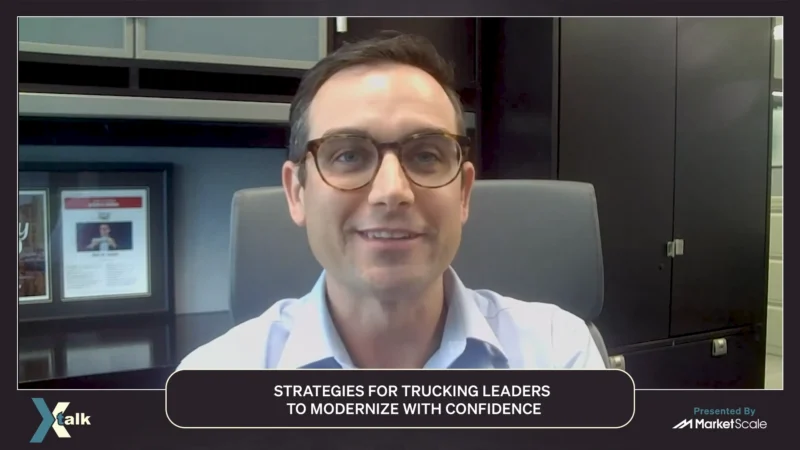How Evolutions in Transportation and Mobility Are Creating Opportunities within the Built Environment
In another exciting episode of Are We There Yet? Grant Harrell hosts a conversation with CEO and Chairman of GFF Architects Evan Beattie, on the changing built environment and the ways in which transportation advancements are affecting the future.
Beattie, who leads the architectural firm based in Texas and which has been awarded over 100 architectural awards, including #1 Business-Design Firm in the Country, noted that the transportation industry is affecting the construction, engineering, and architectural industries and thus, the built environment.
Beattie said, “I think we’re on the cusp of a period of rapid change in how our cities are built.” The invention of the car can be blamed for unfriendly pedestrian environments. Newer cities in the U.S., like Dallas, Texas, were built with the car as a functional part of their city environment. In other areas of the country and also in cities around the world with hundreds of years behind their build, walkable environments are still a present feature.
But cities that have had to adapt to the car have sometimes lost that walkability they once had, “That means there’s some fundamental differences in how our cities were planned and where we’re at now,” said Beattie.
There are disruptions in technology that aim to make cities more walkable again. The autonomous vehicle movement, for example, is “really going to lower the need for everybody in America to have a car,” said Beattie. This means changing transportation can be a good boost for the environment, quality of life, and accessibility to transportation.
All of this equals a change to the quality of the built environment. Parking lots are one such change. Currently, there is a disincentive for the parking lot owner to do anything other than operate on their land as normal. With the addition of the autonomous vehicle, this is expected to change. Beattie said, “That revenue will fall when the autonomous vehicle comes around and the car doesn’t need to park…That’s going to dramatically change how our cities are built and how efficiently we can use our land.”
With GFF Architects focused firmly on building in dense, urban environments (currently dominated by the car), Beattie expects changes when autonomous vehicles are more fully adopted. When the reliance on cars dissipates, it “lowers the costs of projects” while also freeing up new, usable space.




